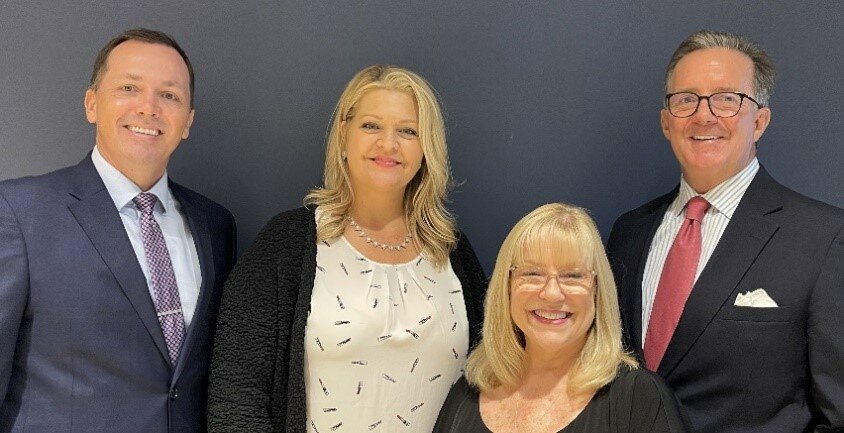Investing: The importance of planning
In its 2019 Retirement Study, Wells Fargo found that investors with a planning mindset felt they had greater personal control over matters such as personal debt, investment performance, career, and their overall financial life. The planning mindset was defined according to four key components:
- “I am able to work diligently toward a long-term goal.”
- “In the last six months, I have set and achieved a goal or set of goals to support my financial life.”
- “I prefer saving for retirement now to ensure I have a better life in retirement.”
- “It makes me feel better to have my finances planned out in the next 1-2 years.”
According to the study*, approximately one-third of workers have the planning mindset. Those workers are nearly twice as satisfied with their overall financial life as those without a planning mindset, nearly twice as confident that they’ll have enough money saved for retirement, and five times more likely to have a plan for dealing with the unexpected.
Steps to becoming a better planner
The good news is that all investors have the ability to develop or strengthen planning skills that can help them improve their financial outlook.
The first step is to obtain general financial education, which could include reading books or listening to podcasts on personal investment planning, taking a course online or at a local college, or talking with a financial advisor.
Next come the simple (although not always easy) steps to spend less and save more. Financial apps can help with tasks such as budgeting and tracking spending. Automated nudges — such as a yearly increase in the 401(k) savings rate — can help keep savings plans on track. Just remember that it can take time and practice to change financial habits. Beginning with smaller steps can reinforce the new habits and build confidence to move to the next level.
Then focus on developing a long-term investment plan, including contingency plans to help deal with the unexpected. Tools such as vision boards — a collage of images that represent future desires — can help investors flesh out goals such as home ownership or retirement preferences. Once the basic plan is in place, continual updates allow investors to adapt to changes in the economy and their own circumstances. A plan should be documented and should be living and breathing — not something you create and forget. Life changes and your plan should keep pace.
With education and effort, investors can use a planning mindset to help achieve long-term financial health and the life that they desire the most. Now is the time to review your plan and make necessary adjustments to help strengthen your efforts toward achieving your ultimate goal.
* Workers refers to working adults who participated in the survey. On behalf of Wells Fargo, The Harris Poll conducted 3,918 online interviews of 2,708 working Americans 18-75 or older and 1,004 retired Americans, surveying attitudes and behaviors around planning, saving and investing for retirement. Working Americans are age 18-75 or older and working full-time (or at least 20 hours if they are working part-time) or are self-employed. Retired Americans self-identified as retired regardless of age.
Wells Fargo Advisors is not a tax or legal advisor.
This article was written by/for Wells Fargo Advisors and provided courtesy of Jamie Seim, CFP, Senior Vice President – Investment Officer in Ponte Vedra Beach at 904-273-7917.
Investment and Insurance Products are:
- Not Insured by the FDIC or Any Federal Government Agency
- Not a Deposit or Other Obligation of, or Guaranteed by, the Bank or Any Bank Affiliate
- Subject to Investment Risks, Including Possible Loss of the Principal Amount Invested
Wells Fargo Advisors is a trade name used by Wells Fargo Clearing Services, LLC, Member SIPC, a registered broker-dealer and non-bank affiliate of Wells Fargo & Company. CAR-0523-01503
©2023 Wells Fargo Clearing Services, LLC.







